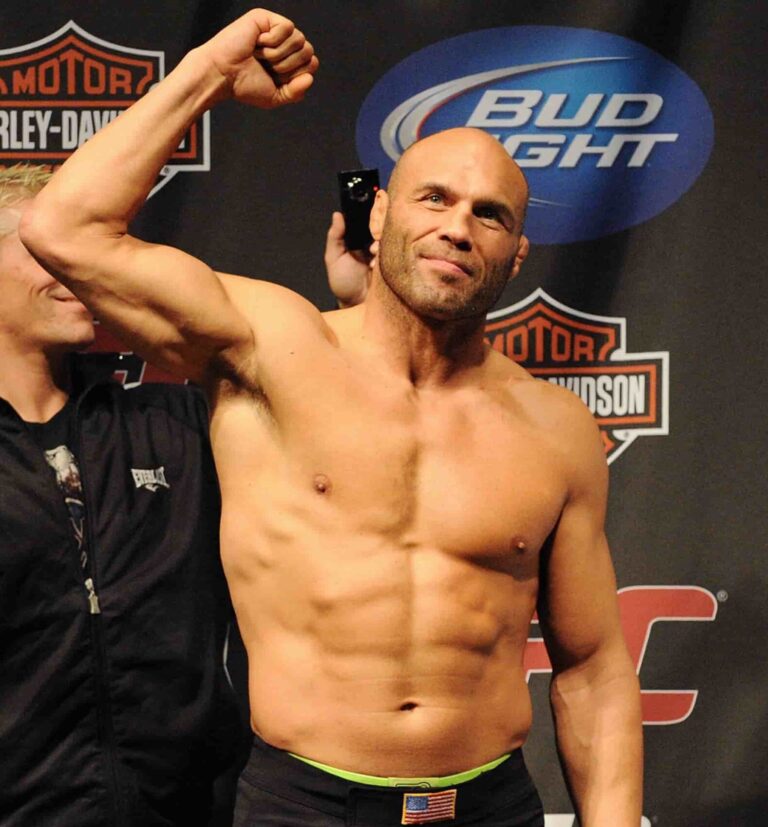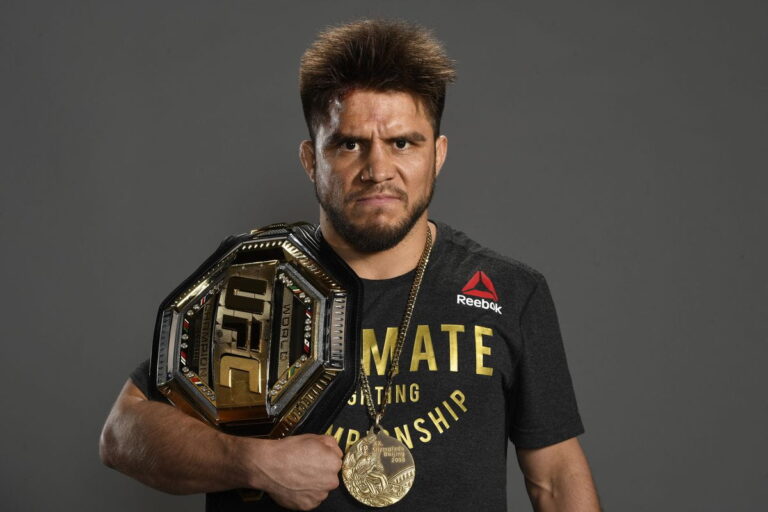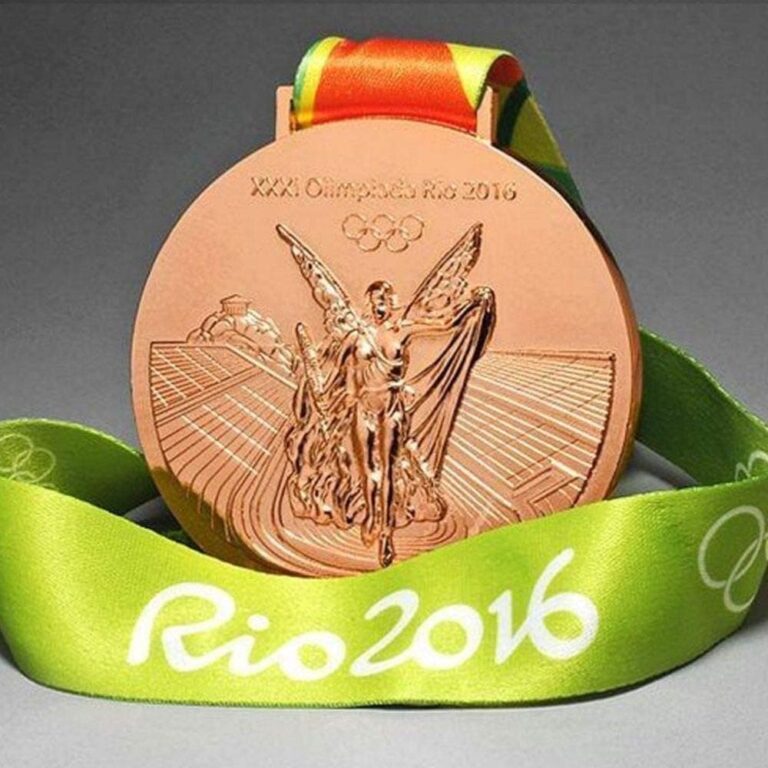Most believe in order to be successful at a sport like MMA, you have to get in early. Although there are quite a few fighters that have proven that this isn’t always the case.
Here is a list of the best MMA fighters that started late in their career. Detailing when they got into MMA and the accolades they earned within the sport.
Who are some of the best MMA fighters that started late? There are many great fighters that got a late start in their MMA career. Just a few names on our lists include: Randy Couture, Mark Hunt, Kimbo Slice, Brock Lesnar, Francis Ngnannou, and Daniel Cormier.
Randy Couture
The MMA legend, Randy “The Natural” Couture got into MMA at the age of 34. Having his first two MMA bouts in 1997.
Couture would go on to win the UFC heavyweight title twice and the light heavyweight title twice. He would then retire for a short period of time before coming out of retirement and winning the heavyweight title again. All after the age of 40 and retiring at the age of 48.
Mark Hunt
Mark Hunt is a fan favorite that got into MMA late after spending years fighting in kickboxing. The Super Samoan made his MMA debut at Pride Critical Countdown 2004 in a losing effort against Hidehiko Yoshida.
Hunt would bounce back,beating legends Wanderlei Silva and Cro Cop on a five fight win streak before losing five fights. He entered the UFC at 39 with a losing record, but became a fan favorite with multiple highlight reel knockouts.
Brock Lesnar
Brock Lesnar spent most of his twenties working on top in the WWE. He would make his MMA debut at nearly 30 and enter the UFC in just his second pro bout.
Lesnar proved to be a once in a lifetime athlete and became the UFC heavyweight champion in 2008. The same year he joined the promotion and earned a record of 5-3 during his career.
Daniel Cormier
Daniel Cormier was considered one of the best amateur wrestlers of his era. Unfortunately he had kidney failure during a weight cut during his second Olympic appearance.
This would lead him to transitioning to MMA at the late age of thirty. Cormier would become one of the all time great fighters winning titles in two divisions and an impressive 22-3 record.
Kimbo Slice
The famous streetfighter from Miami made his name for years fighting self proclaimed tough guys that were put on Youtube. Slice would have his first pro MMA bout at the age of 33 for EliteXC.
He would then make an appearance on The Ultimate Fighter and fight twice for the promotion afterwards. While fighting MMA, Kimbo also fought in boxing and had his last MMA bout in 2016 against Dada 5000.
Francis Ngannou
Francis Ngannou spent most of his life working in a diamond mine in Cameroon. After successfully migrating to Europe, he came into contact with an MMA gym in France.
Ngannou would have his first pro fight at 26 with less than a year of MMA training. From there, the rest is history and Ngannou is now the most dominant heavyweight fighter in MMA.
Chuck Liddell
Chuck “The Iceman” Liddell was one of the first MMA superstars in the sport. He got into the sport late having his first MMA bout at the age of 29.
Liddell would go on to have an amazing career and won the UFC light heavyweight title and defended it four times. Ending his career with a 21-9 record and being inducted into the UFC hall of fame.
Matt Mitrione
After a career as a professional football player, Matt Mitrione got into MMA and had his first pro fight at 30. He started his career in the UFC and would stay in the promotion for the first seven years of his career.
Mitrione would move on to Bellator and as of now has a record of 13-9 and one no contest overall.
Yoel Romero
Yoel Romero spent years as one of the best amateur wrestlers in the world. After successfully defecting to the US, Romero would transition to MMA at the age of 31.
Romero would become one of the most feared fighters in the UFC middleweight division into his forties. At 45, Romero is still actively fighting and is currently under contract with Bellator MMA.
Jimi Manuwa
Jimi Manuwa turned pro in MMA at the age of 28. Even though Manuwa had a late start, he would go undefeated in his first eleven fights.
After eleven years as a pro fighter, Manuwa would retire in 2019 with a record of 17-6.
Shane Carwin
Shane Carwin was one of the most feared fighters in the heavyweight division during his career. He got into MMA when he was 30, but the late start was no problem for Carwin.
Finishing his opponents in all twelve of his wins and only losing twice during his career.
Holly Holm
Holly Holm was one of the greatest female boxers in the world before transitioning to MMA at 29. Holm would be dominant, beating her first nine opponents before beating Ronda Rousey by head kick.
She has continued to be one of the best fighters in her division and at forty is still going strong in the sport.
Hidehiko Yoshida
Hidehiko Yoshida was one of the most accomplished judokas in the history of Japan. He would transition to MMA at the age of 32 and was known for fighting his patented judo gi.
Yoshida fought some of the best in the sport and ended his career with a record of 9-8.
Muhammed Lawal
Muhammaed Lawal was an accomplished collegiate wrestler before transitioning to MMA at the age of 28. At the beginning, Lawal found a lot of success going undefeated in his first seven fights.
Lawal would become the Strikeforce light heavyweight champion and later fight for Bellator for six years. Retiring at the end of 2019 with a respectable record of 21-10.
Pat Barry
Pat Barry was considered one of the best kickboxers in the world before he transitioned to MMA at 28. Barry would find some success in the UFC and end his MMA career with a record of 8-7
Rich Franklin
Originally, Rich Franklin was a school teacher and didn’t have thought about fighting in MMA. He got into the sport at the age of 24 with no formal training beforehand.
Despite the late start, Franklin would go on to become the UFC middleweight champion. Ending his career with a record of 29-7.
Dan Henderson
Dan Henderson would get into MMA at the age of 27 after a successful career as an amateur wrestler. He would have an even more successful career as an MMA fighter and become one of the all time greats.
Holding the Pride welterweight and middleweight titles simultaneously and having some of the best fights in MMA history. Henderson would end his career with a record of 32-15 and become a UFC hall of famer.
Stipe Miocic
The former UFC heavyweight champion, Stipe Miocic got into MMA at the age of 27. He originally wanted to get into boxing, but was convinced to try MMA by his coach.
It turned out to be the right choice, because Miocic would become a 2x UFC heavyweight champion. Miocic currently has a record of 20-4 and is looking to regain his title.









